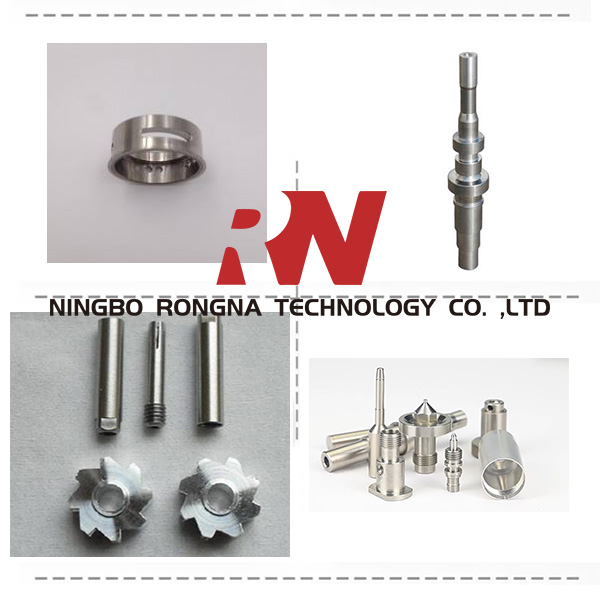What is a drive shaft?
The drive shaft consists of a shaft tube, a telescopic sleeve and a universal joint. The drive shaft connects or assembles various accessories, and the movable or rotating circular object accessories generally use light alloy steel pipes with good torsion resistance. For front-engine rear-wheel-drive cars, the rotation of the transmission is transmitted to the shaft of the final drive, which can be connected by universal joints to several parts. It is a high-speed, low-support rotating body, so its dynamic balance is very important. Generally, the drive shaft should be tested for dynamic balance before leaving the factory and adjusted on the balancing machine.
Precision metal processing
Structural features of the drive shaft:
Drive shaft loader drive shaft structure Heavy trucks choose different types of drive shafts according to different drive forms. Generally, cars in 4×2 drive form have only one main driveshaft. The car in the form of 6×4 drive has a middle drive shaft, a main drive shaft and a middle rear drive shaft. The car in the form of 6×6 drive not only has the intermediate drive shaft, the main drive shaft and the middle and rear axle drive shafts, but also the front axle drive drive shaft. The intermediate drive shaft of a long wheelbase vehicle is generally provided with an intermediate support for the drive shaft. It consists of brackets, bearings and rubber supports.
The drive shaft consists of a shaft tube, a telescopic sleeve and a universal joint. The telescopic sleeve can automatically adjust for changes in the distance between the transmission and the drive axle. The universal joint is to ensure the change of the angle between the output shaft of the transmission and the input shaft of the drive axle, so as to realize equal angular speed transmission of the two shafts. It is generally composed of universal joint cross shaft, cross bearing and flanged fork. The drive shaft universal joint used in the Steyr series of heavy-duty vehicles adopts roller cross shaft bearings, and the short and thick cross shaft can transmit a large torque. A butterfly spring is provided on the end face of the bearing to compress the rollers. A reinforced nylon gasket with a spiral groove is added to the end face of the cross shaft, which can prevent sintering when transmitting power at a large angle or large torque.
The traditional structure of the transmission shaft telescopic sleeve is to weld the spline sleeve and the flange fork together, and the spline shaft is welded to the transmission shaft tube. The transmission shaft of GWB changes the traditional structure, the spline sleeve and the transmission shaft tube are welded into one body, and the spline shaft is combined with the flange fork. The rectangular tooth spline is changed to a large pressure angle involute short tooth spline, which not only increases the strength, but also facilitates extrusion and meets the needs of high torque conditions. On the tooth surface of the telescopic sleeve and the spline shaft, a layer of nylon material not only increases the wear resistance and self-lubrication, but also reduces the damage to the transmission shaft caused by the impact load and improves the buffer capacity.
The drive shaft adds a tubular sealing protective sleeve outside the flange spline shaft, and two urethane rubber oil seals are arranged at the end of the protective sleeve, so that a completely sealed space is formed in the telescopic sleeve, so that the telescopic spline shaft is not affected by the Corrosion by external dust, both dust-proof and rust-proof. Therefore, in the assembly process, grease is applied to the spline shaft and the sleeve at one time, which can fully meet the requirements of use, and does not require grease nipple lubrication, which reduces the maintenance content.
The drive shaft is a high-speed, low-support rotating body, and its dynamic balance is very important. Generally, the drive shaft should be tested for dynamic balance before leaving the factory and adjusted on the balancing machine. Therefore, a set of drive shafts are shipped together, and special attention should be paid when using them.
